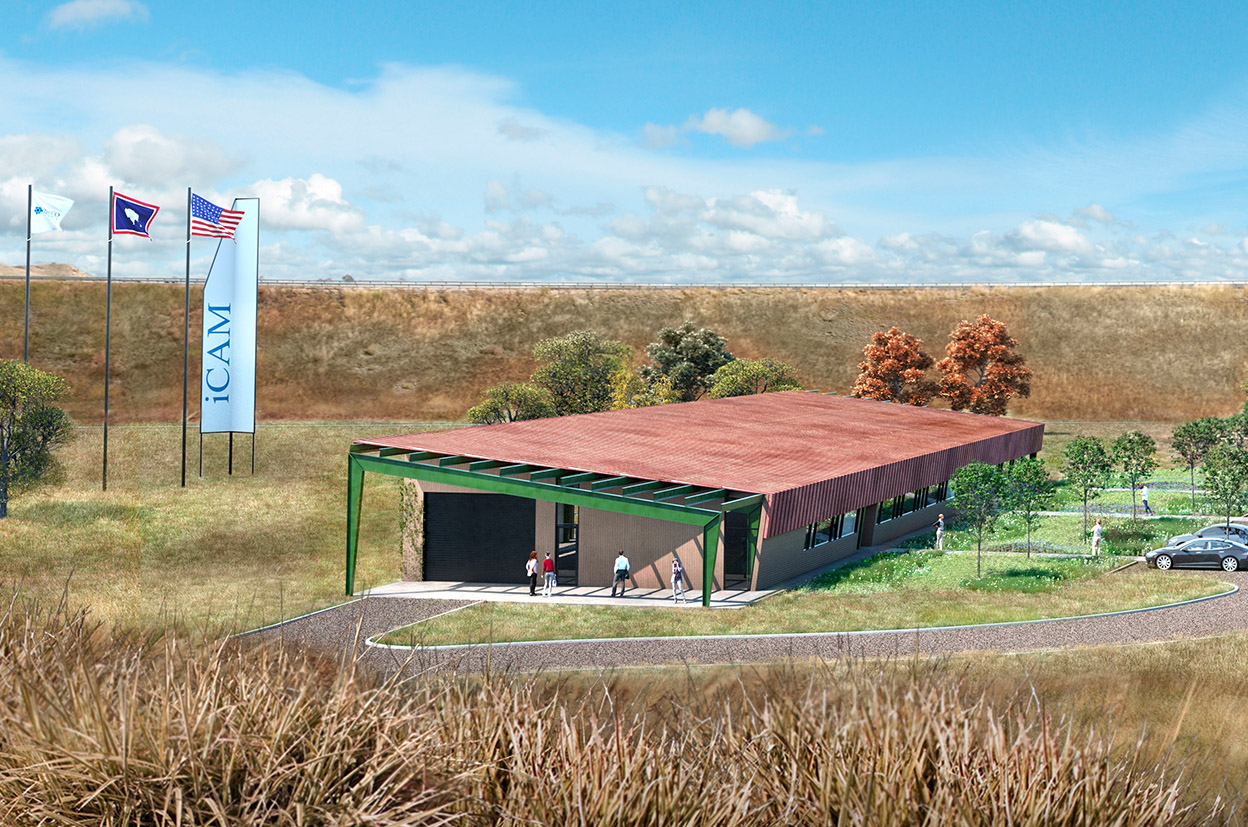Ramaco Carbon Speeding Coal to Product Research in West Virginia

January 12, 2020 - “Don’t burn coal, it’s too valuable.”
It’s one of the mantras of Ramaco Carbon which plans a research facility in Charleston.
Gov. Jim Justice announced plans for the facility during his State of the State Address this week. Ramaco already has mining operations in West Virginia with about 400 employees.

Ramaco’s Sheridan, Wyoming research facility is scheduled to open later this year.
Ramaco CEO Randy Adkins said the West Virginia facility is aimed at speeding up development of non-combustible coal based products. Speaking on MetroNews “Talkline” Friday, Adkins said the federal government is pushing for the stepped up research.
“The National Lab encouraged us to proceed quite quickly on the research and the government is starting to focus on it with a lot more interest than it ever has,” Adkins said.
The company is already developing a research lab in Sheridan, Wyoming which will not be on line until later this year. They’re also partnering with the U.S. Department of Energy research facility in Pittsburgh and the Oak Ridge National Laboratories in Tennessee. The encouragement by the government to quicken the pace led to the plans for another facility, this one to be located in the heart of the eastern coal country.
“Our facility in Wyoming is not going to be ready until sometime this summer. I told the folks at the National Labs we will try to search out a place to get started a little sooner and what better place than West Virginia. It’s got a lot of great people, a lot of coal, and our operations are already here,” he said.
There are many products which Ramaco Carbon is working on for wide commercial use, but the one which seems to be most promising is carbon fiber. The material has a range of applications because of its strength, but at this point it’s cost prohibitive.
“It’s much stronger and lighter than steel or aluminum, but it’s about eight times more expensive and the reason is because it’s made from petroleum,” said Adkins.
The push is to find a way to get the raw materials for production of carbon fiber out of coal rather than oil. If they can find the way to do it effectively, it would result in a huge drop in production costs and increase demand for coal.
“There’s really about the same amount of carbon in a ton of coal as there is in a ton of petroleum. But a ton of coal out west goes for about $12 and here in West Virginia goes for about 30 to 40 bucks. But a ton of petroleum, which is about 7 barrels, is about $400. So you can see the dramatic cost advantage,” he said.

